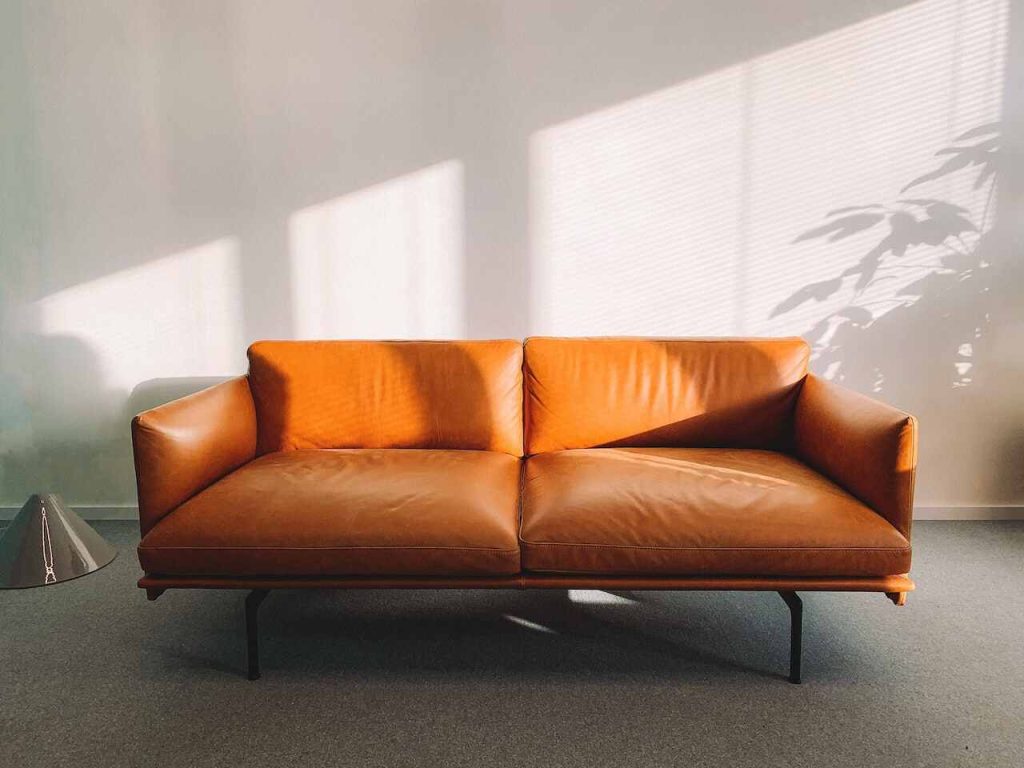Furniture legs are more than just supportive structures; they can be artistic statements, functional enhancements, and ergonomic considerations. From the elegant curves of cabriole legs to the sleek lines of tapered legs, each style brings a unique character to the piece it supports. Join us as we dissect the various types of furniture legs, their historical significance, and their impact on traditional and contemporary interiors.
Furniture Legs: A History of Styles and Designs
From ancient civilisations to modern-day trends, furniture legs have come a long way, shaping how our interior spaces are adorned and enhancing the overall appeal of our favourite furniture pieces.
Throughout history, furniture legs have been crafted from various materials, including wood, metal, and stone. Each material has unique qualities, offering different levels of durability, aesthetics, and functionality. From the intricately carved legs of the Renaissance period to the sleek and minimalist metal legs of contemporary design, the choice of material greatly influences the character and style of a piece.
Regarding furniture legs, the design aspect is as important as the materials used. Different styles of furniture legs have emerged over the years, each reflecting the design trends of their respective eras. From the elegant cabriole legs of the Queen Anne era to the angular and geometric forms of Art Deco, furniture legs have always represented the prevailing design sensibilities and cultural movements.
Furniture legs are an often-overlooked yet crucial component of furniture design. Their materials and styles have evolved over time, reflecting different eras’ changing tastes and design trends. By understanding the history and significance of furniture legs, you can make informed choices when selecting new furniture or considering upgrading your existing pieces, allowing you to elevate the functionality and aesthetics of your living spaces.
How to Choose and Install New Furniture Legs: A DIY Guide
Choosing the right furniture legs is essential to ensure that your pieces not only look stylish but also provide stability and durability. Before you begin shopping for new legs, consider the overall design and style of your furniture as well as the specific needs of the piece. For instance, sleek and minimalist metal legs may be the perfect fit if you have a low-profile sofa. In contrast, a more traditional or rustic piece may benefit from wooden legs with decorative details.
Once you have determined the style and material of your new furniture legs, it’s time to move on to the installation process. Installing new legs is a fairly simple DIY task that requires a few essential tools, such as a screwdriver and a measuring tape. Start by removing the old legs, ensuring you don’t damage the existing furniture frame. Then, measure the height and diameter of the leg attachment points to ensure you purchase legs that fit correctly. Finally, attach the new legs securely, making sure they are level and tightened securely to ensure stability. With these easy steps, you can easily transform the look and feel of your furniture while adding a touch of personal style.
Preservation Techniques: Extending the Life of Furniture Legs
Preservation techniques are crucial for extending the life of furniture legs and maintaining your beloved furniture pieces’ overall aesthetics and functionality. One effective method is regular cleaning and maintenance. Dust, dirt, and grime can accumulate on furniture legs, leading to scratches and dullness. You can prevent these issues by routinely cleaning them with a soft cloth or a mild cleaning solution and keep your furniture legs looking as good as new.
Another preservation technique is protecting furniture legs from moisture and humidity. Excess moisture can cause wood to warp, crack, or rot, weakening the furniture legs. Coating the legs with a protective sealant or wax can help prevent moisture absorption and ensure longevity. Additionally, using furniture glides or felt pads underneath the legs can safeguard them from scratching or damaging the floor, enhancing their durability.
By implementing these preservation techniques, you can enjoy your furniture legs for years to come, enhancing the overall lifespan of your beloved furniture pieces. Proper care and maintenance add value to your investment and allow you to appreciate the aesthetics and functionality of your furniture in the long run.


1 Comment
Pingback: Finding the Perfect Custom Amish Furniture in Houston